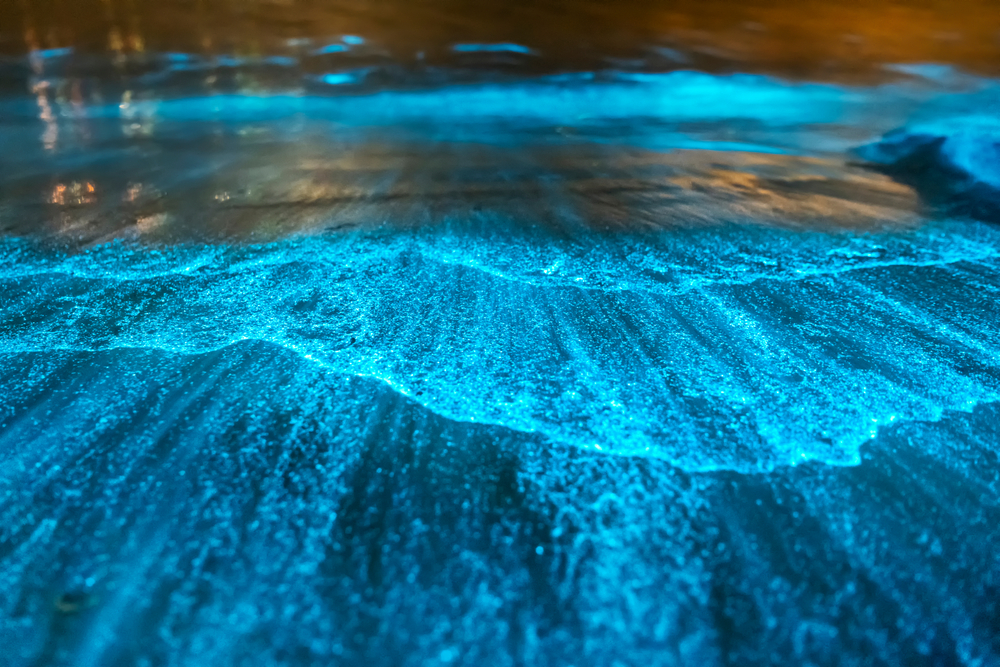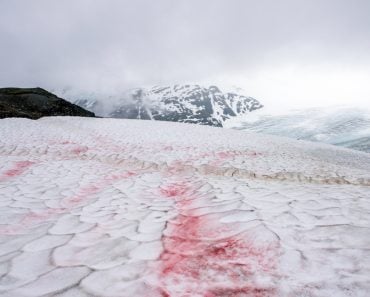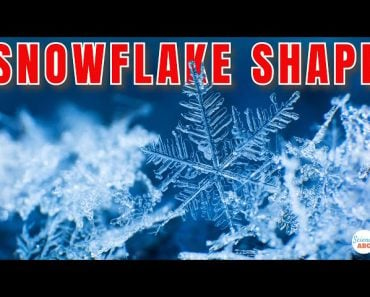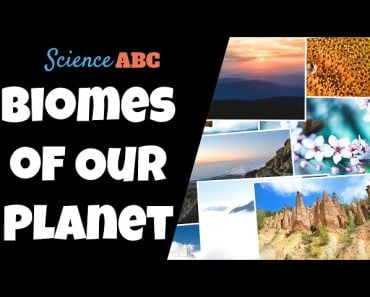Table of Contents (click to expand)
Yes, but not quite in the way it does on land. Marine snow is actually organic matter, composed of dead and decomposing flesh, the poop of various animals, and phytoplankton, flurrying through the ocean water.
Imagine a Magic School Bus scenario where you’ve become a fish living in the open ocean. There you are, minding your own business, swimming along, when all of a sudden you see that it’s snowing around you. Wait… snow? Underwater? How is that even possible? Doesn’t water have to freeze for it to become snow? Well, that’s because this “snow” isn’t really snow at all!
Marine snow is an interesting phenomenon seen in the ocean all year round. It is called marine snow because it looks a lot like snowfall on land. How this marine snow actually forms may surprise you—or disgust you!
Recommended Video for you:
Decomposing Animals
In an odd way, our journey starts at the end of another. Marine snow starts with the death of large animals, such as whales. When a whale dies, it floats to the surface of the ocean because its body fills up with gas. At the surface, sharks and seabirds start to feed on the carcass, causing the whale to sink.
As the whale sinks, its decaying body breaks apart to form small fragments.

These fragments don’t just come from whales.
All sorts of marine animals and plants that die and decompose help create marine snow. This snow also contains other things, like sediments and detritus (animal poop!). However, the journey of marine snow does not end here; it still has a long way to go.

Clumping Together
If you took a look at the video linked in the introduction, you will notice that not all marine “snowflakes” are the same size. They actually seem to clump together, which happens when they collide with each other and aggregate.
But what makes them stick to each other? When phytoplankton (microscopic sea plants) use sunlight to create food, not all of the organic content created remains inside the cells. Some of it oozes out of the plant and dissolves in the surrounding water. These molecules have special structures that help them form bridges when they collide with each other.
These colliding particles grow in size, and as they hit other marine snow particles, they attach to them too. This is just one of the many ways in which marine snow forms… but why does all this matter?
The Importance Of Marine Snow
Marine snow is quite a cool phenomenon, but it actually serves multiple purposes. It is an important part of marine ecosystems in many ways.
Food For Grazing Fish
Most fish eat plankton, but plankton is found near the surface of the ocean, while most fish live deeper under the surface.
This zone close to the surface is called the photic zone, the area where light is able to reach. However, beyond a certain point, there is no light available for plankton, so they don’t exist there. What do the fish living in the depths of the ocean eat? Some fish may just eat other fish, but what do the smallest fish eat?
If you haven’t already guessed, they eat marine snow. Despite sounding icky and gross, marine snow is actually extremely nutritious. It is high in organic matter, containing lots of carbon and nitrogen. It essentially forms the base of the food pyramid for certain marine ecosystems.

The small amount that does not get eaten while it’s sinking reaches the ocean floor and forms an ooze, which covers the ocean floor like a blanket. This helps feed many scavengers in the deepest parts of the ocean.
Microenvironments
What are microenvironments? Breaking down the word—”Micro” and “Environment”—makes the meaning pretty self-evident. Microenvironments are tiny habitats with their own working ecosystems!
So how is marine snow important to microenvironments? Well, because they ARE microenvironments.
As marine snow forms, it traps tiny microbes along with lots of organic matter. This creates the right conditions to form a microenvironment. What’s interesting about these microenvironments is that there are entire communities of microbes that perform different functions. Everything from photosynthesis and decomposition to nutrient cycling happens within the marine snow.
These microenvironments also play a bigger part in marine ecosystems by making organic matter more soluble in water, which helps for easier transport inside living organisms. They also break down organic compounds to release minerals that are used by various microbes.
Bioluminescence
Many different forms of marine debris get trapped in marine snow. The skeletons of dinoflagellates are one of them.
The interesting thing about dinoflagellates is that they glow a bright blue when disturbed. You might have seen this on bioluminescent beaches. The same effect is produced in marine snow when it falls to the darker depths of the ocean.

This “glow-in-the-dark” activity actually protects marine snow. Whenever animal plankton come to graze on it, they get startled by the light and swim away. This allows the marine snow to reach deeper parts of the ocean, bringing essential nutrition to those areas.
Conclusion
Marine snow has immense importance to marine ecosystems. The interesting thing is that humans are now using it on land. Humans are using marine snow for aquaculture (fish farms) in Australia. Marine snow provides nutrition to various species, like mullet, and since it is part of their natural diet, it has been observed that these fish are healthier and heavier. It is, in a way, helping humans live healthier lives.
References (click to expand)
- Alldredge, A. L., & Silver, M. W. (1988, January). Characteristics, dynamics and significance of marine snow. Progress in Oceanography. Elsevier BV.
- Kiørboe, T. (2001, December 30). Formation and fate of marine snow: small-scale processes with large- scale implications. Scientia Marina. Editorial CSIC.
- https://www.was.org/Magazine/2012/02/files/assets/common/downloads/publication.pdf
- What is marine snow? - NOAA's National Ocean Service. The National Ocean Service












